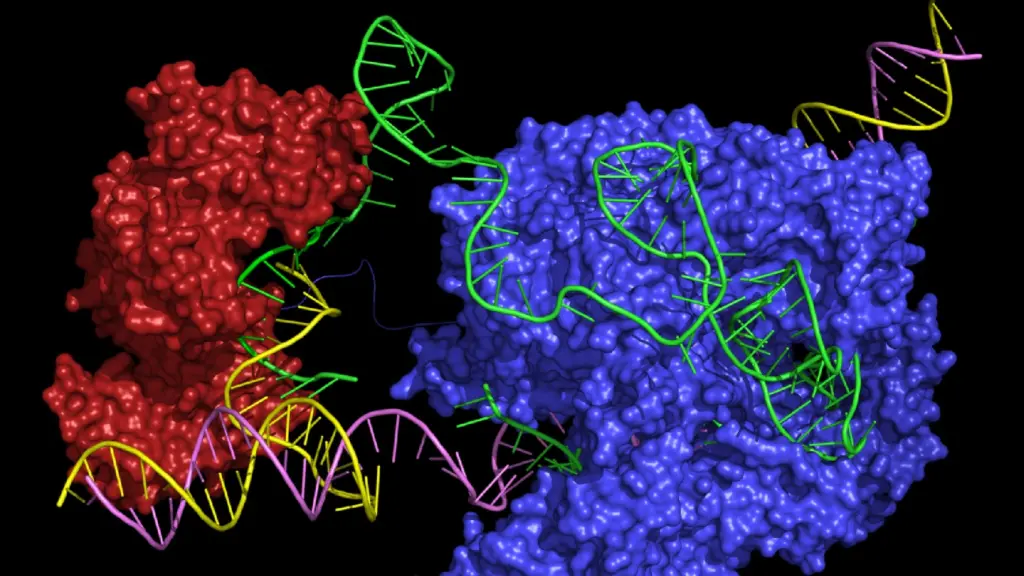It turns out that catalytically “killing” Cas9’s endonuclease activity isn’t always a bad thing. Especially if you’re interested in doing reversible gene knockdown. Back in 2013, Stanley Qi and coworkers published their report, “Repurposing CRISPR as an RNA-guided platform for sequence-specific control of gene expression” in Cell, documenting the use of dCas9 for “CRISPRi” – CRISPR interference.
Killing the endonuclease activity of Cas9 – it’s ability to act as “molecular scissors” to cut DNA – does not destroy its ability to use RNA as a guide to bind to a specific sequence of DNA. In fact, once it binds, Cas9 sticks tightly to its targeted location and inhibits transcriptional elongation, RNA polymerase binding and transcription factor binding. Best of all, the effect is reversible: eventually, Cas9 will dissociate from its DNA target, and normal gene expression resumes. Shortly after, the same group and other researchers demonstrated “CRISPRa”, utilizing dCas9 to activate genes. Imagine the implications. Imagine using CRISPRa to turn on a gene in a cancer cell to tell it to undergo apoptosis. Move aside RNAi, gene expression research will never be the same…
An article from The Atlantic earlier this year includes an interview with Stanley Qi, and makes the case that perhaps the most exciting application of CRISPR/Cas9 technology is not genome editing at all.







